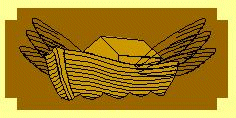St Peter-on-the-Wall
Blackmore
Buttsbury
Coggeshall
Copford Green
Greensted
Little Maplestead
Stow Maries
Thaxted
Tilty
Woodham Walter
Essex Churches
Essex
East of England
Home






